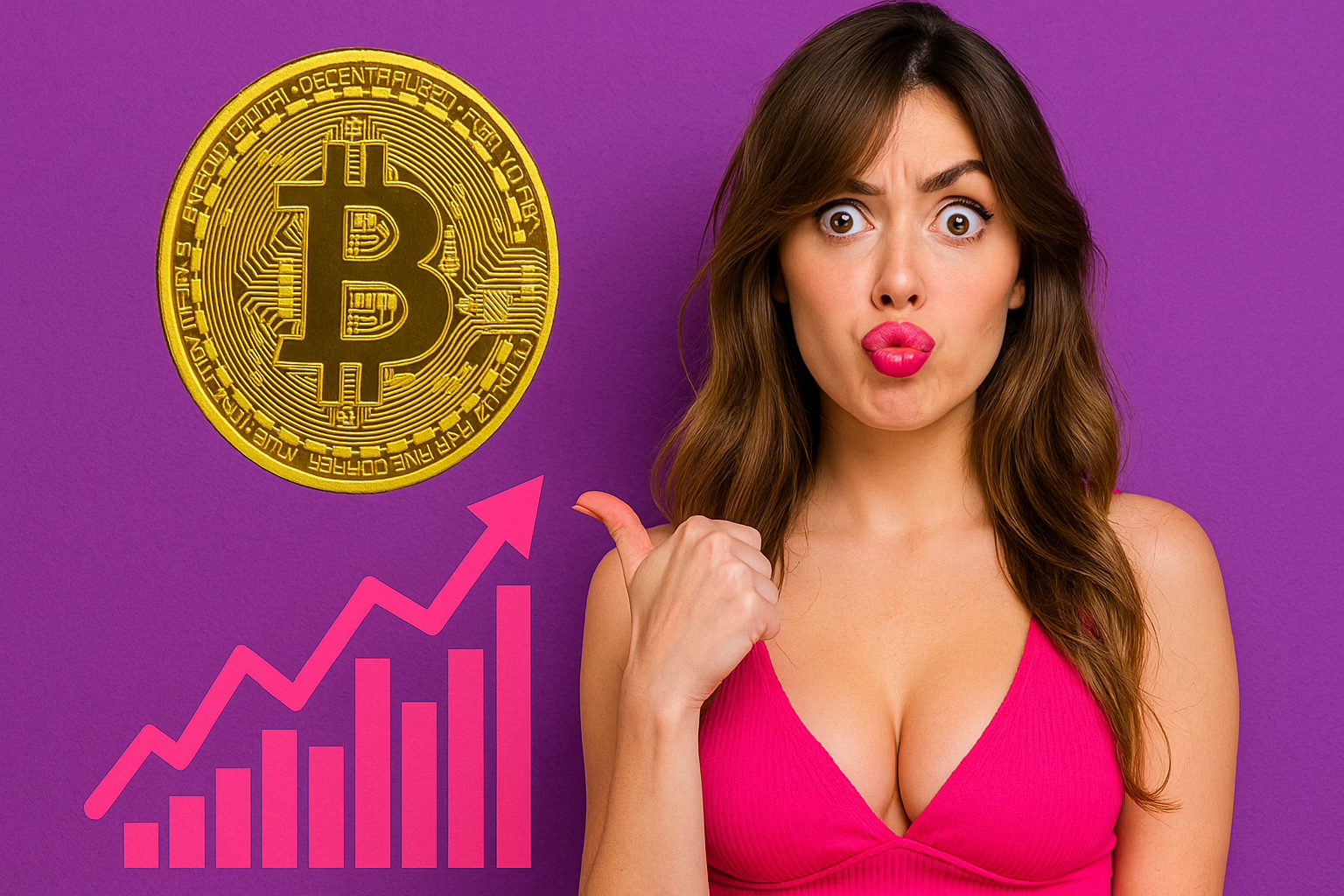What Really Moves Bitcoin’s Price? Here’s the Real Driver!
Bitcoin’s price moves like a rollercoaster that never runs out of fuel—up and down, driven by the market’s “mood.” But this isn’t just random speculation.
Behind every surge or drop, there’s a deeper story: how millions of people around the world are reacting to economic updates, geopolitical shocks, and even tweets from internet-famous billionaires.
In today’s hyper-connected digital world, Bitcoin isn’t just another crypto asset. It’s more like a global emotion barometer—a symbol of how collective human feelings can move billions of dollars in seconds.
Quick Facts You Need to Know
Hide-
Bitcoin = global sentiment barometer. Its price reflects the world’s collective optimism or fear around risk.
-
Fear & Greed Index matters. Tools like CFGI help you spot when the market’s too panicked or too greedy—often a sign of big moves ahead.
-
Macro events hit hard. Interest rate changes, global conflicts, or major economic data drops can spark big BTC moves.
-
Social media = major influence. Tweets, Reddit threads, or bold comments from public figures can light up the market instantly.
-
Weird correlations. Sometimes Bitcoin dances with stocks, sometimes it marches to its own beat like digital gold.
So let’s dive deep into how emotions and sentiment are the real fuel behind Bitcoin’s wild price swings.
1. Bitcoin: The Mirror of Market Mood
Bitcoin is often dubbed “digital gold,” but let’s be real—it behaves way more like a risky stock than a steady safe haven.
-
When the market is feeling optimistic, people are down to take risks. That’s when money starts flowing into high-volatility assets like Bitcoin. In these moments, BTC becomes the star of the show.
-
When fear takes over, like during central bank crises or global conflicts, investors flee to safety—think bonds or cash. And believe it or not, Bitcoin often crashes alongside stocks in these times.
In short: Bitcoin is reflective. Whatever the world is feeling, you’ll likely see it play out in BTC’s price chart.
2. Fear & Greed Index: The Mood Ring of Crypto
If you haven’t heard of it yet, the Crypto Fear and Greed Index (CFGI) is basically a mood ring for the crypto market. It mixes six different factors to measure whether investors are feeling greedy or fearful:
| Component | What It Tells You |
|---|---|
| Volatility | Sharp swings = panic mode. |
| Volume & Momentum | Heavy buy/sell action = greed is on. |
| Social Media | Spikes in $BTC mentions = either hype or meltdown. |
| Sentiment Surveys | Shows crowd expectations or confidence levels. |
| Market Dominance | When BTC dominates, people are running from altcoins. |
| Google Trends | A rise in searches like “Bitcoin crash” = fear alert. |
This index runs on a scale from 0 (extreme fear) to 100 (extreme greed). Ironically, the extremes are often signs of a trend reversal. Too greedy? A crash might be coming. Super fearful? Time to look for a potential bounce.
3. Macro & Geopolitical Shocks: The Big Price Movers
Bitcoin doesn’t live in a vacuum—it responds quickly to global headlines. Here are two of the biggest macro factors that can totally shake up BTC’s price:
a. Interest Rate Decisions
When central banks like the Fed raise interest rates, risky assets become less attractive because money gets “expensive.” Investors prefer low-risk options like bonds.
But when interest rates go down? The market gets hyped. Risk appetite grows, and money flows into things like crypto. Bitcoin usually gets a front-row seat in that wave.
b. Global Crises & Political Tensions
Bitcoin was once hyped as a safe haven like gold. But reality check?
In times of geopolitical chaos—wars, invasions, diplomatic flare-ups—Bitcoin often crashes with stocks instead of rising like gold.
Most investors still treat it as a high-risk bet, not a protective shield.
4. Social Media & the Power of the Hive Mind
Never underestimate the power of a single tweet. Seriously.
-
Elon Musk alone has moved Bitcoin’s price with just a few words.
-
Hot takes on Reddit, Telegram, or X (formerly Twitter) can trigger massive waves of FOMO or panic selling.
This is called the herd effect—people follow the crowd, even if they don’t fully understand what’s going on. That’s why tracking Twitter trends can sometimes be just as important as reading charts.
If you want to make sense of Bitcoin’s movement, keep your eyes not just on price charts, but also on your social feed.
5. Weird but True: Bitcoin’s Inconsistent (but Real) Correlation
One of the quirkiest things about Bitcoin is how its correlation shifts.
-
During bullish times, BTC often rallies in sync with equity markets like the Nasdaq or S&P 500. In these cases, Bitcoin behaves like a risk-on asset.
-
But sometimes, like during fiat currency scares or liquidity crunches, BTC jumps on its own, more like a digital version of gold.
So yeah, Bitcoin’s correlation is inconsistent. It might move with stocks… or it might just go solo when things get weird.
Conclusion: Sentiment Rules Everything Around Bitcoin
In crypto, numbers and technical analysis only tell half the story. What really drives Bitcoin is emotion—mass psychology.
From CFGI indicators and Fed policy, to viral memes and war headlines—every element plays a part in Bitcoin’s journey.
If you want to succeed in this space, understanding how the market feels is just as important as understanding how blockchains work.
In a world where crypto feels chaotic, know this: there’s always a pattern. And that pattern often starts with sentiment.
Hopefully this breakdown helps you tune into what’s really driving Bitcoin—so you’re not just buying because “someone said it’s going to the moon.”
Frequently Asked Questions (FAQs)
What is the Crypto Fear and Greed Index (CFGI)?
It’s a sentiment indicator that combines market data like volatility, trading volume, and social media activity to show whether the market is ruled by fear or greed.
Why doesn’t Bitcoin always act like a safe haven?
Even though it’s called “digital gold,” Bitcoin is still treated as a risky asset by most investors—so it tends to fall during crises, just like stocks.
How do interest rate changes affect Bitcoin?
Higher rates = lower risk appetite, which usually hurts Bitcoin. But when rates are expected to drop, it often triggers a rally in BTC and other riskier assets.
How big is social media’s role in Bitcoin price swings?
Huge. Viral posts, influencer tweets, or trending discussions on Reddit or Telegram can cause massive price moves in minutes.
How can I use market sentiment in my trading strategy?
Blend CFGI analysis, on-chain data, and macroeconomic calendars to find smart entry/exit points. Being emotionally aware of the market gives you a serious edge.







